In the picture “Infernal river” from the top of a steep cliff to the sky beats a pillar of fire, and below, in the water helplessly flounder the souls of
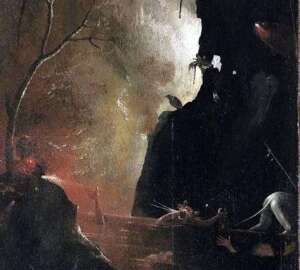

In the picture “Infernal river” from the top of a steep cliff to the sky beats a pillar of fire, and below, in the water helplessly flounder the souls of
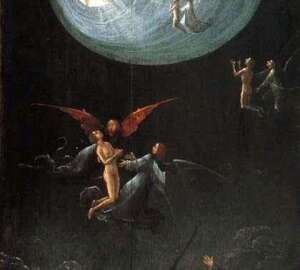
There is an opinion that these are fragments of two different altars, where “The overthrow of sinners” merged with “Ascension into the Empire”, and “Hell’s River” – with “Terrestrial Paradise”.
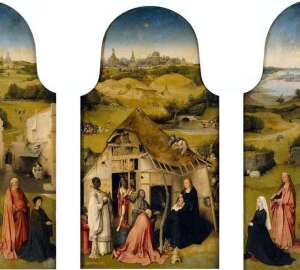
I. Bosch created several triptychs on biblical themes, one of the last is “Adoration of the Magi”. The main part of the work shows the main plot. The Mother of
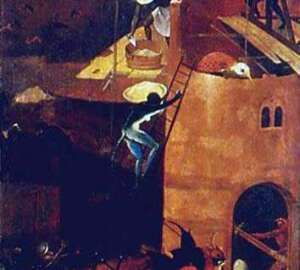
The right shutter of the triptych of Hieronymus Bosch “Voz sena”. The image of Hell is found in the works of Bosch much more often than Paradise. The artist fills
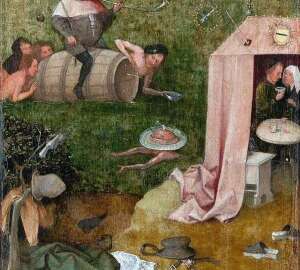
The picture “Allegory of gluttony and lasciviousness” or otherwise “Allegory of gluttony and lust” written in the mature period of the artist’s work is not accidental. Apparently, Bosch considered these
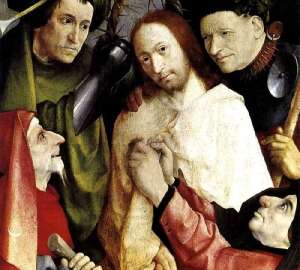
Jesus, surrounded by four tormentors, appears before the viewer with a kind of solemn humility. Two soldiers before the crown crown his head with a thorns crown. Their views are
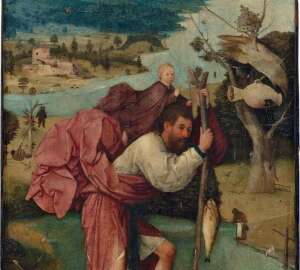
The life of Christopher was known to Bosch on the “Golden Legend” by Jacob Voraginsky, during the life of Bosch translated into Dutch. There it is reported that a giant
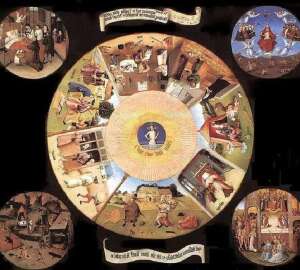
Seven Deadly Sins, one of Bosch’s earliest known works, has a pronounced moralizing character with elements of irony and satire, which has a rather complicated structure: five different diameters of
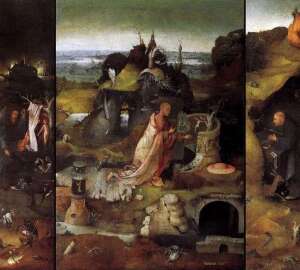
Hieronymus Bosch often chose the lives of the saints as the theme of his paintings. Unlike the traditions of medieval painting, Bosch rarely depicts the miracles they created and the
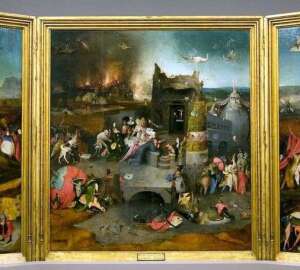
The art of the Netherlands of the 15th and 16th centuries Altar “The Temptation of Saint Anthony” is one of the best works of the mature Bosch, it is no
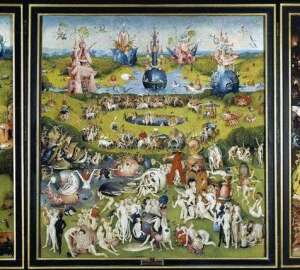
Against the backdrop of the endless landscape, a cavalcade follows the huge rise with hay, among them the emperor and the pope. Representatives of other estates – peasants, townspeople, clerics
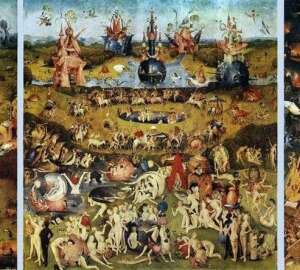
This picture is the most famous triptych of the Dutch painter Hieronymus Bosch. Reproduction so called because of its central part, which is devoted to one of the sins –